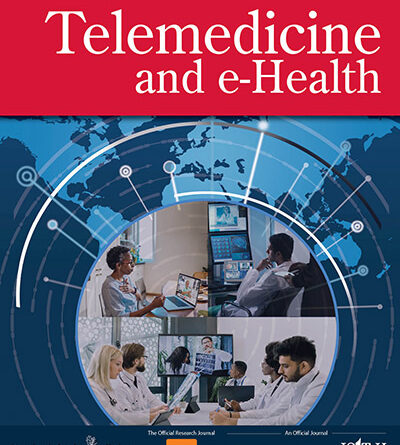A Telehealth and Telepsychiatry Economic Cost Analysis Framework: Scoping Review
Introduction:Despite a good evidence base for telepsychiatry (TP), economic cost analyses are infrequent and vary in quality.
Methods:A scoping review was conducted based on the research question, “From the perspective of an economic cost analysis for telehealth and telepsychiatry, what are the most meaningful ways to ensure a study/intervention improved clinical care, provided value to participants, had population level impact, and is sustainable?” The search in seven databases focused on keywords in four concept areas: (1) economic cost analysis, (2) evaluation, (3) telehealth and telepsychiatry, and (4) quantifiable health status outcomes. The authors reviewed the full-text articles based on the inclusion (Medical Subject Headings [MeSH] of the keywords) and exclusion criteria.
Results:Of a total of 2,585 potential references, a total of 99 articles met the inclusion criteria. The evaluation of telehealth and TP has focused on access, quality, patient outcomes, feasibility, effectiveness, outcomes, and cost. Cost-effectiveness, cost–benefit, and other analytic models are more common with telehealth than TP studies, and these studies show favorable clinical, quality of life, and economic impact. A standard framework for economic cost analysis should include: an economist for planning, implementation, and evaluation; a tool kit or guideline; comprehensive analysis (e.g., cost-effectiveness or cost–benefit) with an incremental cost-effectiveness ratio; measures for health, quality of life, and utility outcomes for populations; methods to convert outcomes into economic benefits (e.g., monetary, quality of adjusted life year); broad perspective (e.g., societal perspective); sensitivity analysis for uncertainty in modeling; and adjustments for differential timing (e.g., discounting and future costs).
Conclusions:Technology assessment and economic cost analysis—such as effectiveness and implementation science approaches—contribute to clinical, training, research, and other organizational missions. More research is needed with a framework that enables comparisons across studies and meta-analyses.


